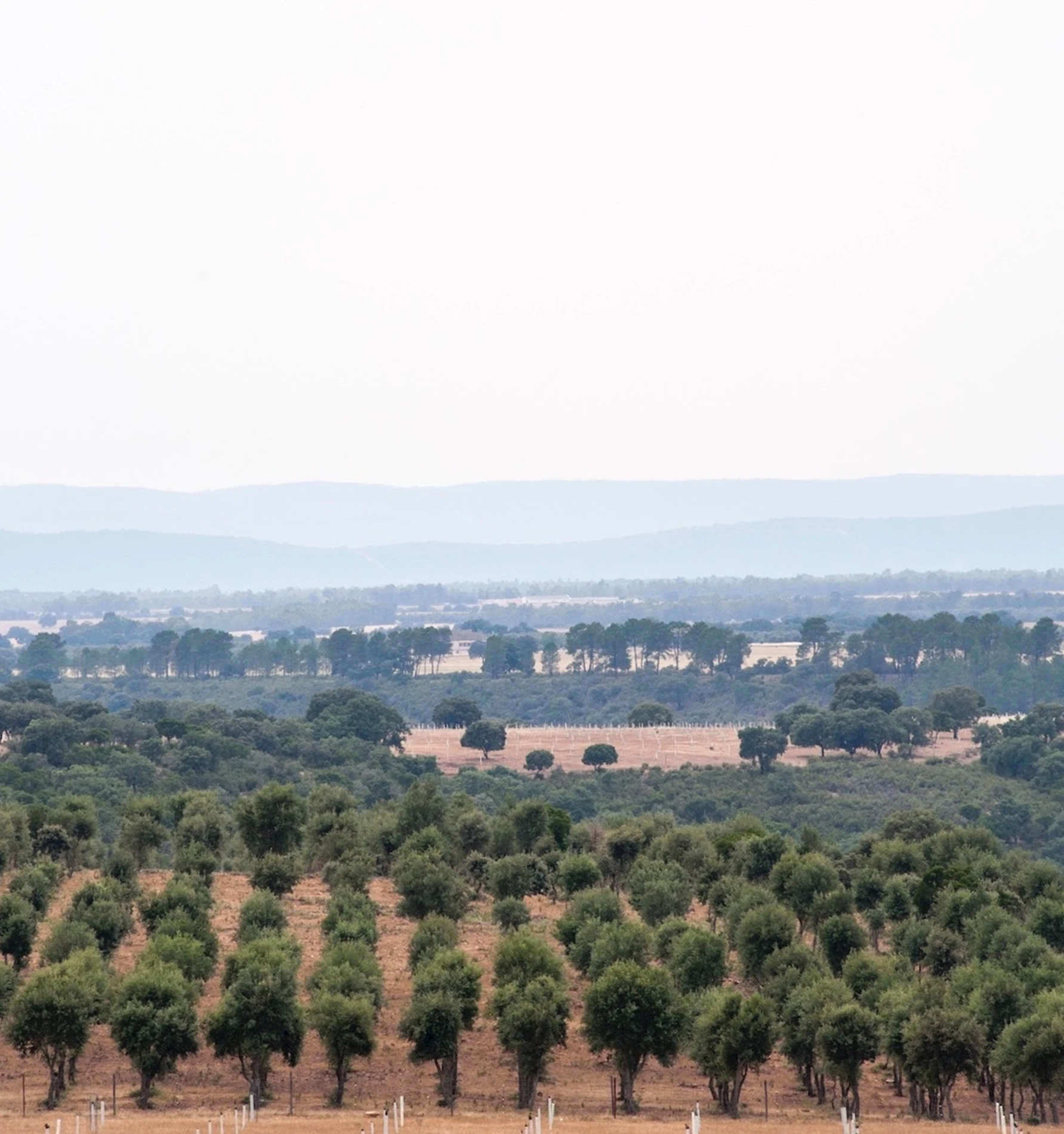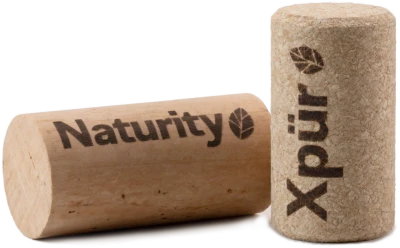- Sustainability
- Carbon Footprint ISO14067
What is Carbon Footprint?
A carbon footprint measures the total greenhouse gas emissions (GHG) caused by an individual, event, organization, or product, usually expressed in tons of CO2e per year.
01. Direct Emissions
From sources owned or controlled by an entity related to its operation:
Combustion Emissions
from burning fossil, like boilers, furnaces, and vehicles
Process Emissions
during industrial processes, like chemical reactions
Fugitive Emissions
like unintentional releases of gases and leaks in pipelines
02. Indirect Emissions
Related to the activities of an entity but occur at sources owned or controlled by another entity:
Generation
of purchased electricity, steam, heating, and cooling
Production
of purchased goods and services business, travel, employee commuting, waste disposal, and use of sold products

Presenting the ISO14067
ISO 14067, “Environmental management - Carbon footprint of products”, focuses on assessing and communicating the amount of greenhouse gases (GHG) released during a product's life cycle.
These gases include carbon dioxide (CO2), methane (CH4), nitrous oxide (N2O) and others, which contribute to global warming and climate change.
The standard provides a standardized framework for calculating a product's carbon footprint, from the extraction of raw materials to their final disposal, including all intermediate stages such as manufacturing, transport and use.
What is an ISO?
ISO stand for the International Organization for Standardization.
It's an independent, non-governmental international organization that develops and publishes standards to ensure the quality, safety, efficiency, and interoperability of products, services, and systems. These standards cover a wide range of industries.

Advantages of ISO14067?
Provides requirements/guidelines for quantifying GHG emissions at the product level.
Based on international standards ISO 14040/44 and ISO 14025.
Offers a consistent method for measuring, reporting, and verifying the carbon footprint of products.
Applicable to all goods and services, facilitating comparison and transparency.
Includes all stages of the product life cycle, from raw material to end of-life, and can also be applied in intermediate approaches (cradle to-gate).
Framed with the green claims and greenwashing directive (certifiable by third parties).
It allows the inclusion of soil associated sequestration, with clear advantages over competitors.
What kind of approach can we have?
New Studies
Methodology Applied
Approach
Cradle-to-gate
From the extraction of raw materials to the finished product when it leaves the factory.
Life Cycle
Stages Assessed
1. Cork harvesting
2. Sorting
3. Cork stopper production
4. Labelling
5. Treatment
6. Packaging
Method
The impact of CO2e emissions over a 100-year period was calculated using the 'IPCC 2021 GWP100 (v.1.02)' method from the SimaPro v9.5 programme. Conversion factors based on the Ecoinvent v3.9 database, which is derived from the Sixth Assessment Report of the Intergovernmental Panel on Climate Change (IPCC).
Functional Unit
1000 stoppers

Carbon Footprint of Products
Natural Cork Stoppers |
Carbon footprint (cradle-to-gate) | Related info |
|---|---|---|
| Naturity® | -56.4 | Certificate | Summary |
| Acquamark® | -41.69 | Certificate | Summary |
Technical Cork Stoppers |
Carbon footprint (cradle-to-gate) | Related info |
| Qork® | -36.32 | Certificate | Summary |
| Xpür® | -34.75 | Certificate | Summary |
| Neutrocork® | -43.20 | Certificate | Summary |
| Twin Top® Evo | -36.81 | Certificate | Summary |
| Twin Top® | -37.41 | Certificate | Summary |
| Advantec® | -28.72 | Certificate | Summary |
| Spark® Top II | -54.61 | Certificate | Summary |